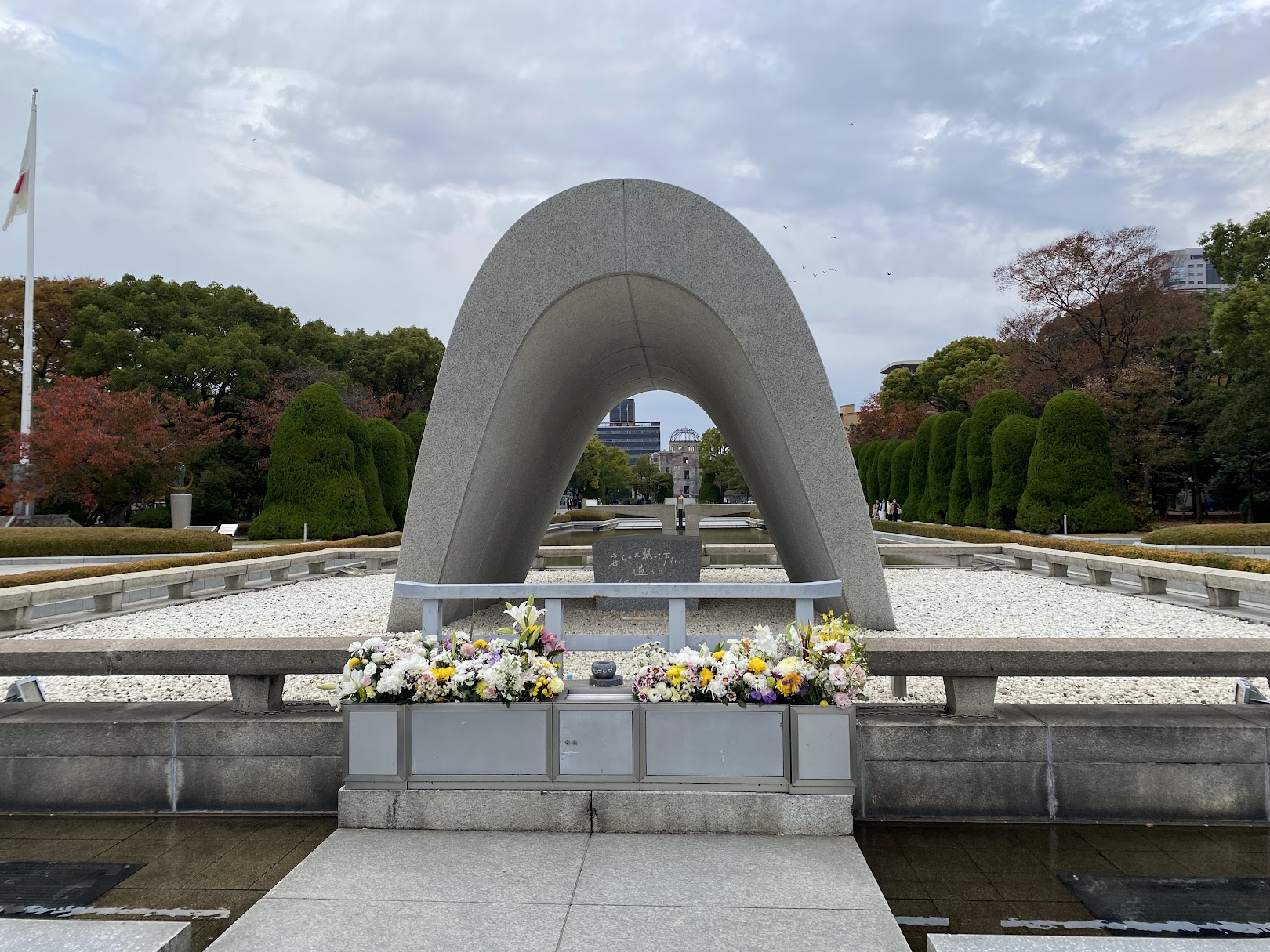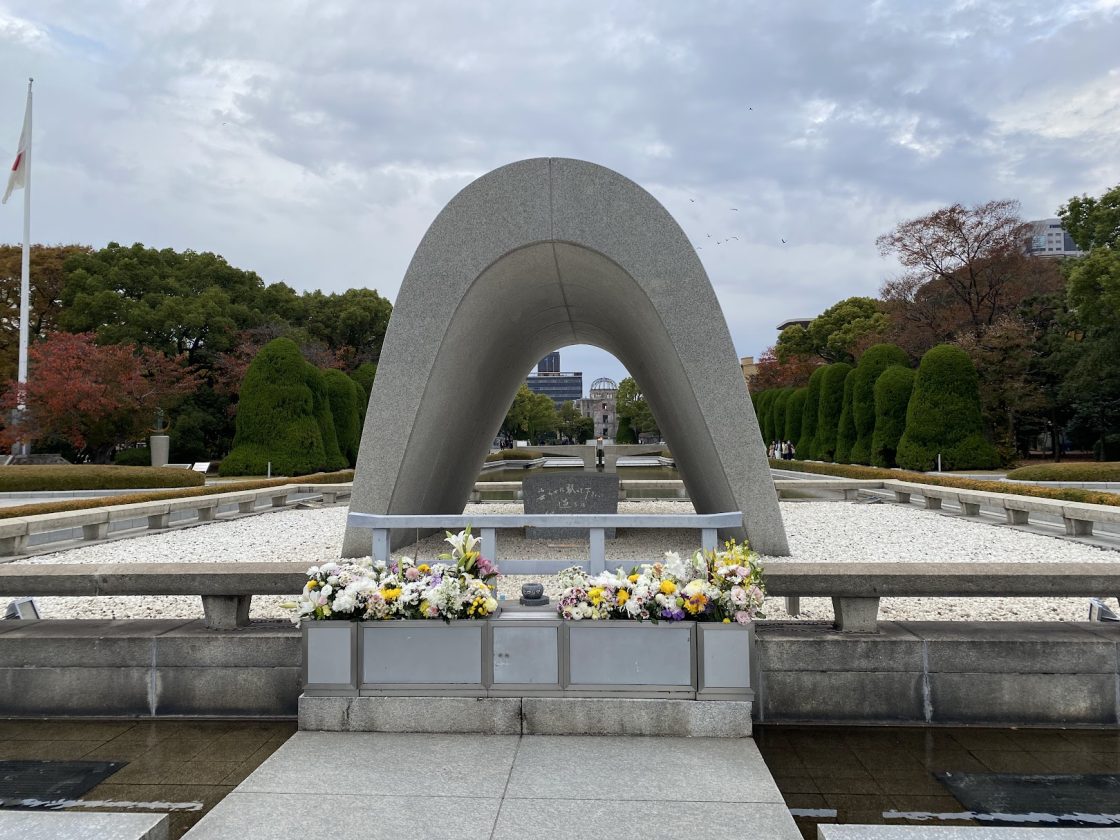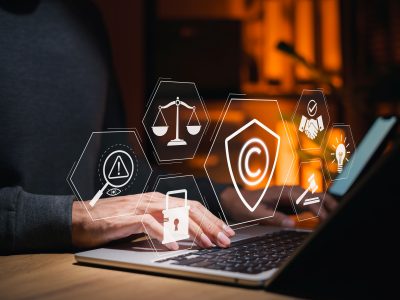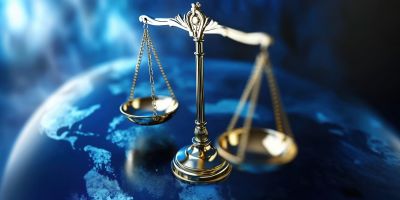Q&A: Reflecting on the 80th Anniversary of the Atomic Bombings, Lasting Impact
August marks 80 years since atomic bombs were dropped on the Japanese cities of Hiroshima and Nagasaki—on Aug. 6 and 9, 1945—quickly bringing an end to World War II.
At the time, the U.S. was calling for Japan’s unconditional surrender, but Japanese leaders were unwilling to agree without assurances that the Emperor would remain in place and that they could oversee their own war crimes trials. The bombings were carried out in an effort to break the stalemate and bring the war to an end.
Estimates of the death toll range from 100,000 to more than 200,000 people, with many killed instantly and others suffering long-term effects from radiation exposure. The bombings brought the war in the Pacific to a swift end—Japan surrendered days later—but also ushered in the nuclear age, profoundly shaping international relations and military policy in the decades that followed.

To help contextualize the legacy of these events, Syracuse University News spoke with Margarita Estévez-Abe, associate professor of political science in the Maxwell School of Citizenship and Public Affairs. Her research focuses on political economy and Japanese politics. She is also a senior research associate and advisory committee member with the East Asia Program and a faculty affiliate of the Aging Studies Institute.
Media inquiries: Reporters interested in speaking with Professor Estévez-Abe can contact Vanessa Marquette, media relations specialist, at vrmarque@syr.edu.




